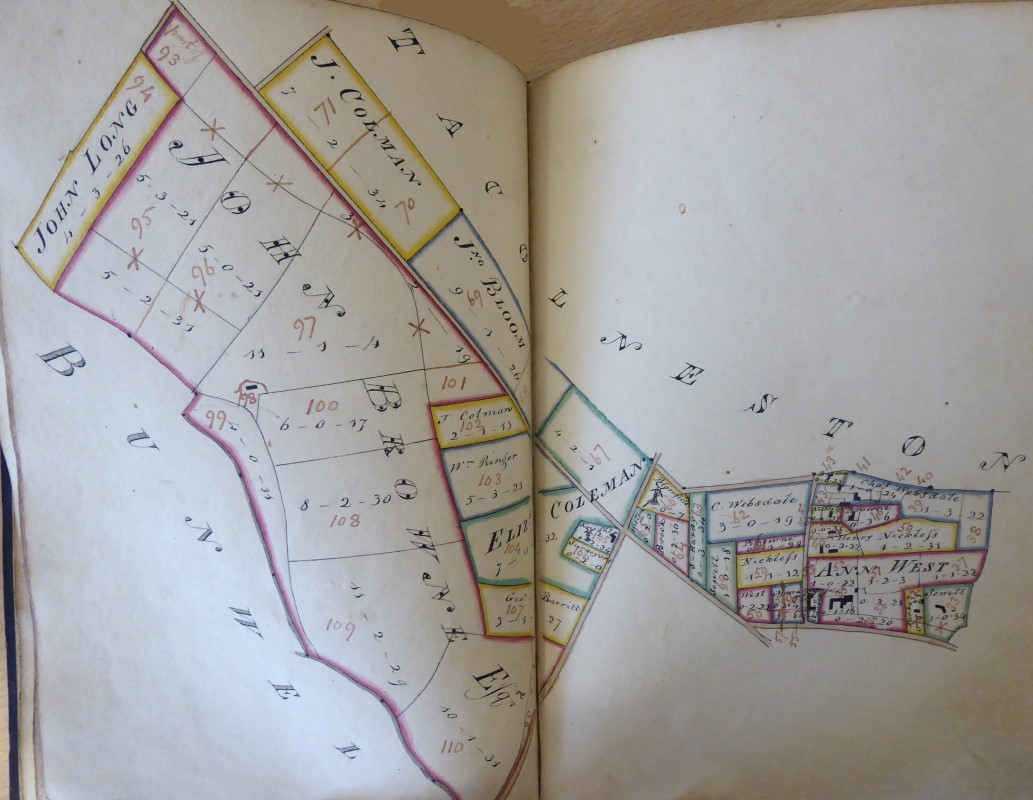Farms and Farming
Farms and Farming
Farming has played a central role in the life of Forncett since medieval times and is still a key feature of village life today. The parish has a wealth of historic farms and farmhouses, and their stories play are an important part of village history. However, the majority of the village occupants were agricultural labourers who lived in very simple cottages. Most of these cottages have now been demolished but a number still stand and offer an important insight into the life of the agricultural labourers and their families.
However, much has changed between farming life in the 16th century and that of the present day. A survey of Forncett in 1565 recorded significant areas of common land both along the Tas Valley and in what is now Forncett End, either side of Common Road. "Common" land was under the control of the lord of the manor, but a number of rights on the land were variously held by certain nearby properties, or (occasionally) held in gross by all manorial tenants. By the early 1800s almost all this common land had been subject to "Enclosure" - see maps below.

Forncett Common in 1565 - from "The Economic Development of a Norfolk Manor" by Frances G Davenport

Forncett End in 1817 - courtesy of Norfolk Record Office
So between 1750 and 1830 the farm labourer faced not only the loss of his land but also the increasing financial demands of the church tithe and the rapid introduction of mechanisation. In short he retained very little of his former status except the right to parish relief, under the Poor Law system. The situation came to a head with widespread riots across the country in the early 1800s. Such violent uprisings came to Forncett in 1822 and again in 1830. Agricultural labourers also sometimes turned to stealing to solve their poverty. However, the penalties for theft were often very harsh, as shown in the case of a burglary committed by a group of Forncett men in 1846.
For centuries farming methods were fairly rudimentary with many horses employed on the land. Kelly's 1829 Directory identifies the main crops being grown in Forncett as wheat, oats, barley and beans. There is no mention of the sugar beet or oil seed rape that are now a common sight in local fields. The process of mechanisation which started in the 18th century has completely changed farming methods and radically influenced the numbers of people employed on the land. Our studies of the 1939 Register for Forncett show that before World War 2 the terms "Agricultural Labourer" and "Horseman on Farm" were still common terms of employment, whereas today far fewer people are directly employed in agriculture.
The other major change in farming practice has been removal of hedgerows. After the Second World War, government policy encouraged hedge removal to ensure that Britain was self-sufficient in food. Financial incentives were available to remove hedgerows and machinery was developed that couldn't manoeuvre in small fields. Fortunately it is now widely recognised that this policy encouraged farmers to go too far, and there are grants to encourage planting and protection of hedgerows.

